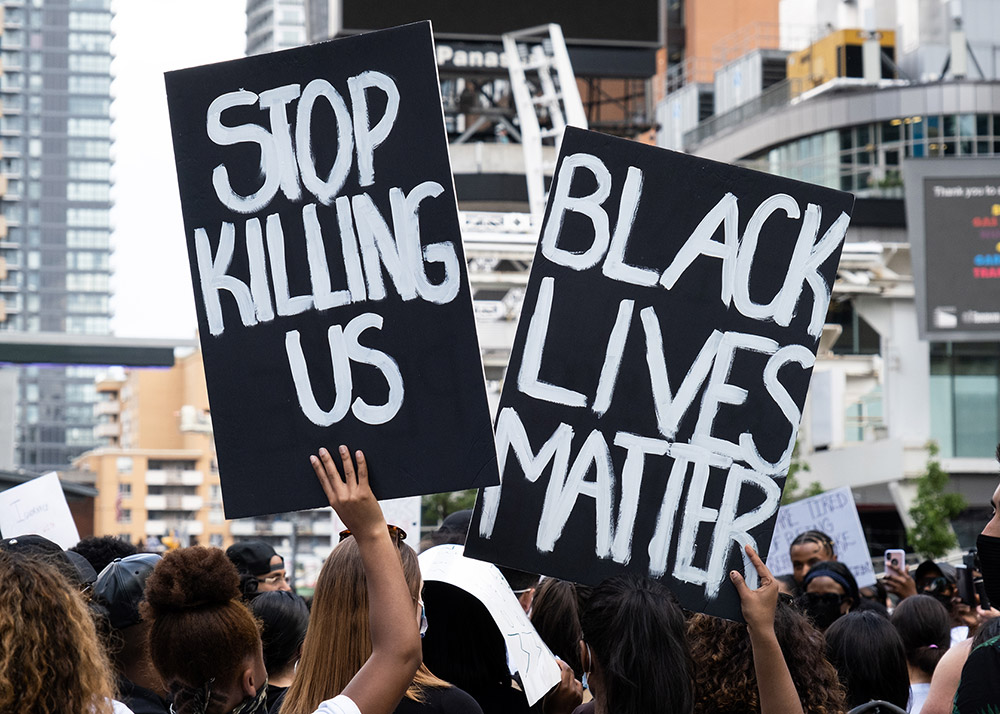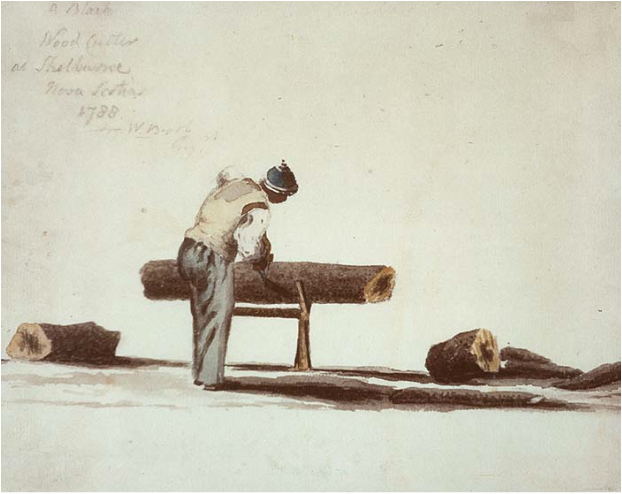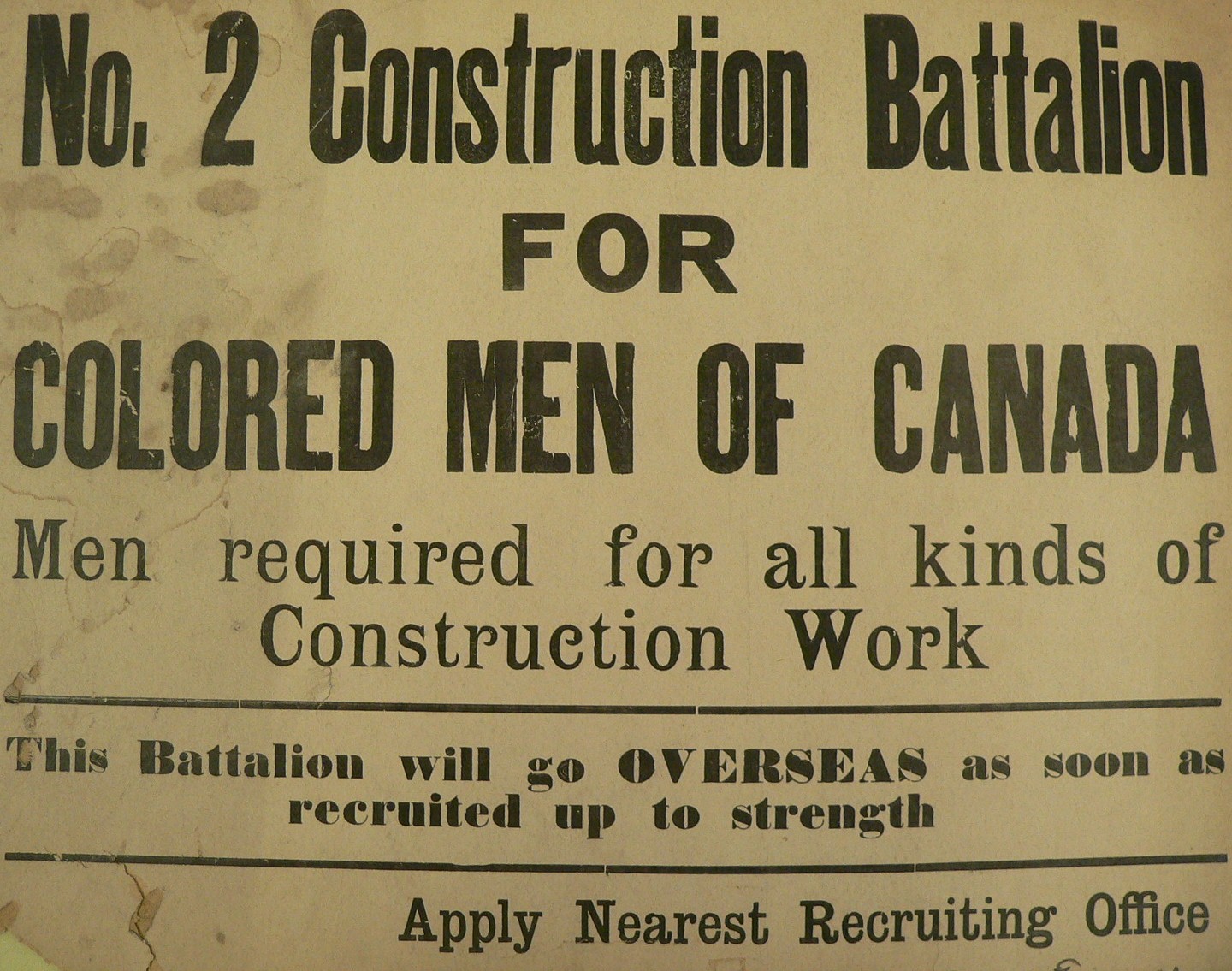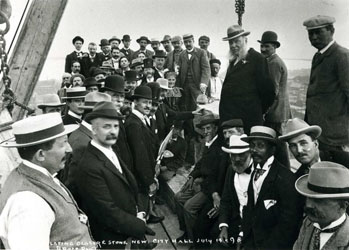Article
Black Canadians and Conscription in the First World War
In 1917, the Canadian government passed the Military Service Act, which made all male citizens (aged 20 to 45) subject to conscription. As the First World War (1914–18) dragged on, the Canadian Expeditionary Force (CEF) desperately needed reinforcements, as the number of volunteers had nearly dried up. Earlier in the war, Black volunteers had faced resistance and opposition in their efforts to enlist. However, Black Canadians were not exempt from conscription and at least 350 were drafted into the CEF. Those who served overseas worked primarily with the Canadian Forestry Corps, although some also served on the frontlines.














